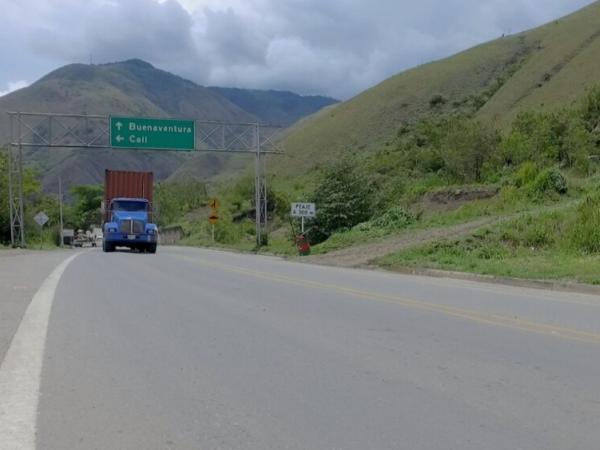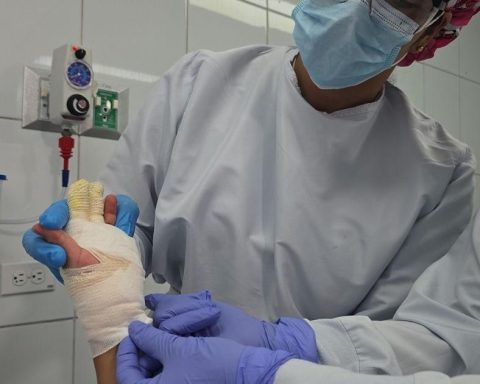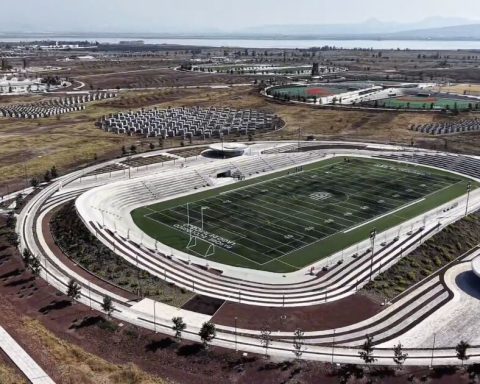The Valley Infrastructure Observatory (OIV), together with the ANDI Sectional Valle del Cauca, ProPacífico, the Buenaventura Chamber of Commerce and the Colombian Chamber of Infrastructure Western Section, presented its 2024 report. This document is addressed to all parties interested in the infrastructure projects that promote the development and competitiveness of the region.
You can see: $326,000 million are at risk in Cundinamarca due to ‘white elephants’
The document highlights the achievements achieved thanks to the collaboration between the private sector, the National Government and departmental and municipal authorities, particularly in the execution of strategic projects in road infrastructure.
Among these advances, Two 5G projects stand out in full construction: the Buga-Buenaventura dual carriageway and the New Malla Vial del Valle del Cauca. In addition, a highly relevant 4G project is included: the Popayán-Santander dual carriageway in Quilichao. These projects not only strengthen the strategic corridors for foreign trade and the domestic market, but also improve the connectivity and mobility of local communities towards the main urban centers in the south-west of Colombia, they explain.
You may be interested in: Aerocivil processes credit with CAF to invest in airport infrastructure
In May, the detachment of a section of the road at kilometer 89 was recorded.
You send
The OIV 2024 report It also examines the progress of key projects in other modes of transport, such as the modernization of the Alfonso Bonilla Aragón International Airport, whose hiring process is expected to begin by the end of this year; Buenaventura Port Deepening Dredging scheduled to begin work in 2026; and the railway connection project between Buenaventura and the central railway corridor, whose pre-feasibility studies are close to being concluded.
Likewise, the report monitors important projects in public services and basic sanitation, with special emphasis on the ‘Optimization of the Buenaventura aqueduct system’, a key initiative to ensure the supply of drinking water in the main city in the Pacific.
Also see: Transportation sector incorporates BIM to minimize errors in infrastructure projects

This is what one of the sections of the Buga – Buenaventura corridor looks like, in which there is a single carriageway.
National Infrastructure Agency
PAULA GALEANO BALAGUERA
Portfolio Journalist


















